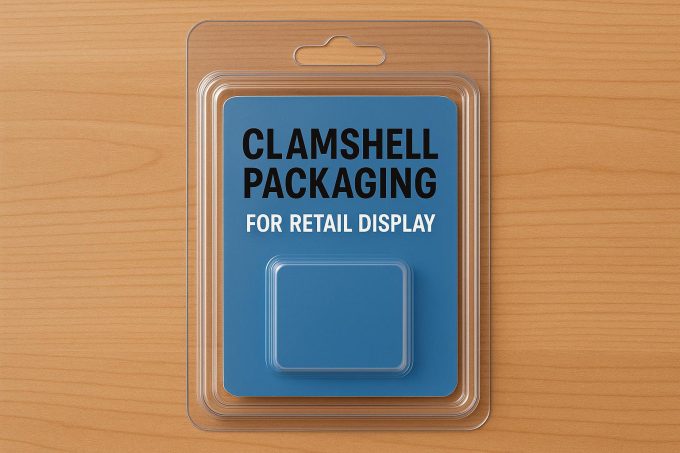Understanding Clamshell Packaging
Clamshell packaging has emerged as a ubiquitous choice in retail settings, combining aspects of visibility, security, and user convenience. Often characterized by its unique structure, this type of packaging features two halves that are connected by a hinge, creating a configuration similar to that of a clamshell. The packaging is typically sealed to ensure the protection of the product enclosed within.
Materials Used in Clamshell Packaging
The predominant materials used in clamshell packaging are transparent plastics, which may include varieties such as PET (Polyethylene Terephthalate), PVC (Polyvinyl Chloride), and RPET (Recycled PET). These plastics are specifically chosen for their ability to grant excellent visibility of the product, presenting an appealing choice for retail display purposes. Among them, PET is extensively favored because of its recyclability and robustness, whereas PVC is noted for its effective barrier properties.
The decision to use these materials is guided by several factors, including their durability, clarity, and the consumer demand for product viewing. PET, in particular, is known for balancing clarity and environmental consideration, although challenges regarding plastics and sustainability continue to fuel the exploration of alternative materials.
Benefits of Using Clamshell Packaging
A significant benefit of clamshell packaging is its capability to present products in a compelling manner. The clear structure of the packaging allows consumers to examine the product from several viewpoints, enhancing the consumer’s purchasing experience. Moreover, clamshell packaging provides an elevated level of protection, safeguarding the product against potential damage during transportation and handling activities. Its structure often serves as a deterrent to tampering, featuring heat-sealed edges that complicate unauthorized access efforts.
The packaging’s practicality extends beyond product security. For retailers, it offers streamlined display options, while customers find the packaging’s open-and-close mechanism—especially in designs intended for repeated use—to be straightforward and user-friendly.
Considerations for Manufacturers
In the creation of clamshell packaging, manufacturers face the challenge of harmonizing visibility, security, and environmental sustainability. Although the packaging type is revered for its aesthetic merits, the extensive use of plastics has instigated environmental concerns. Consequently, many manufacturers are investigating recycled materials or innovating hybrid solutions that involve cardboard backings to augment eco-friendliness.
Attention to sustainability in packaging is becoming increasingly vital, and manufacturers are tasked with not only addressing aesthetic and functional considerations in their designs but also with making informed choices regarding materials and recycling processes that align with broader ecological objectives.
Sustainability Initiatives
In response to the need for eco-friendly solutions, various companies are adopting sustainable practices by selecting greener materials and designing packages that facilitate recycling. The incorporation of recycled content into packaging materials is a significant step towards mitigating the environmental footprint of clamshell packaging.
Efforts to reduce impacts are furthered by initiatives to educate consumers on proper disposal practices. Additionally, the industry is witnessing the introduction of innovative materials, including biodegradable plastics and compostable alternatives, as substitutes to conventional plastic options. Companies striving to maintain a leading stance in sustainability can access deeper insights through specialized sustainability resources.
The emphasis on sustainability is also prompting a reevaluation of existing production and disposal methods, encouraging stakeholders to adopt strategies that support a circular economy. This transition not only helps in preserving resources but also in meeting customer expectations for environmentally responsible products.
Conclusion
Clamshell packaging continues to hold sway as a preferred choice in retail by virtue of its visual and protective features. However, with intensifying environmental awareness, the packaging industry is propelled towards sustainability. By integrating eco-conscious materials and avant-garde designs, clamshell packaging can fulfill market requirements while aligning with larger environmental pursuits.
Furthermore, as technological advancements and consumer expectations evolve, the significance of marrying efficiency with ecological responsibility will likely grow, presenting opportunities for innovation and leadership within the industry. This journey towards sustainable clamshell packaging is not just about meeting today’s needs but also about paving the way for a more conscientious and resource-efficient future.

